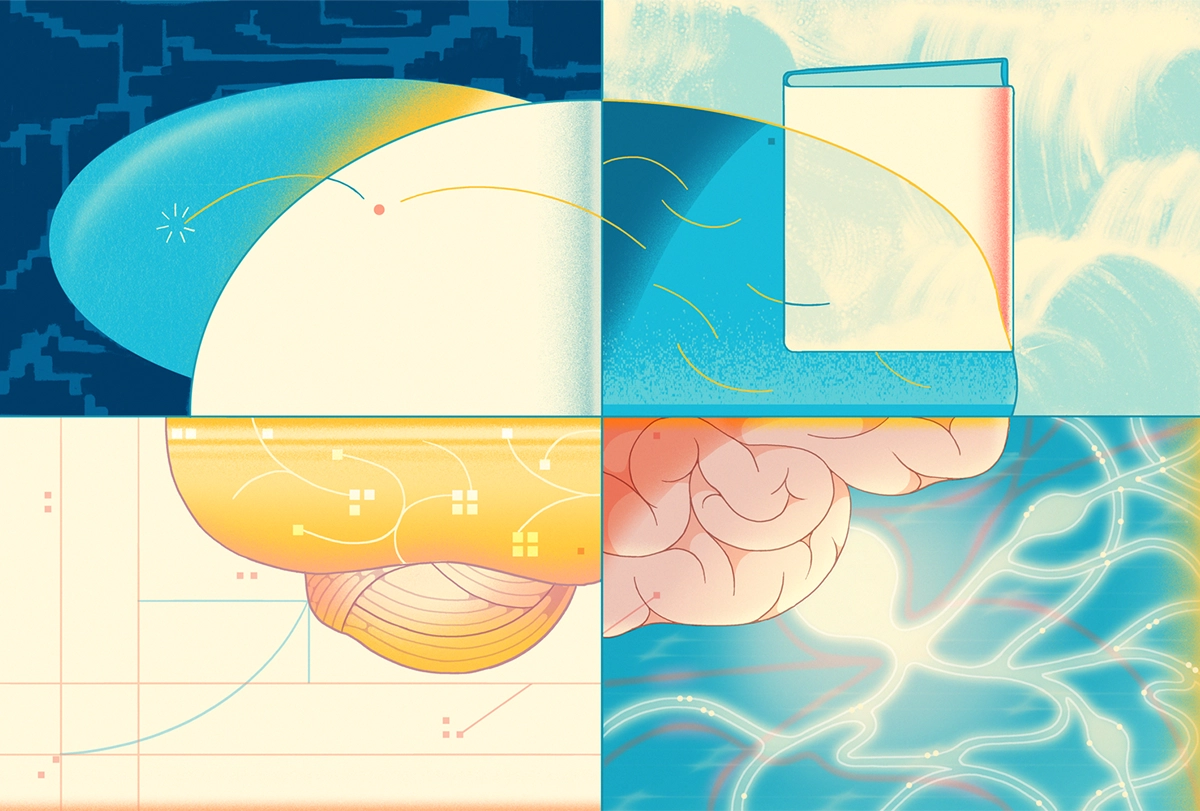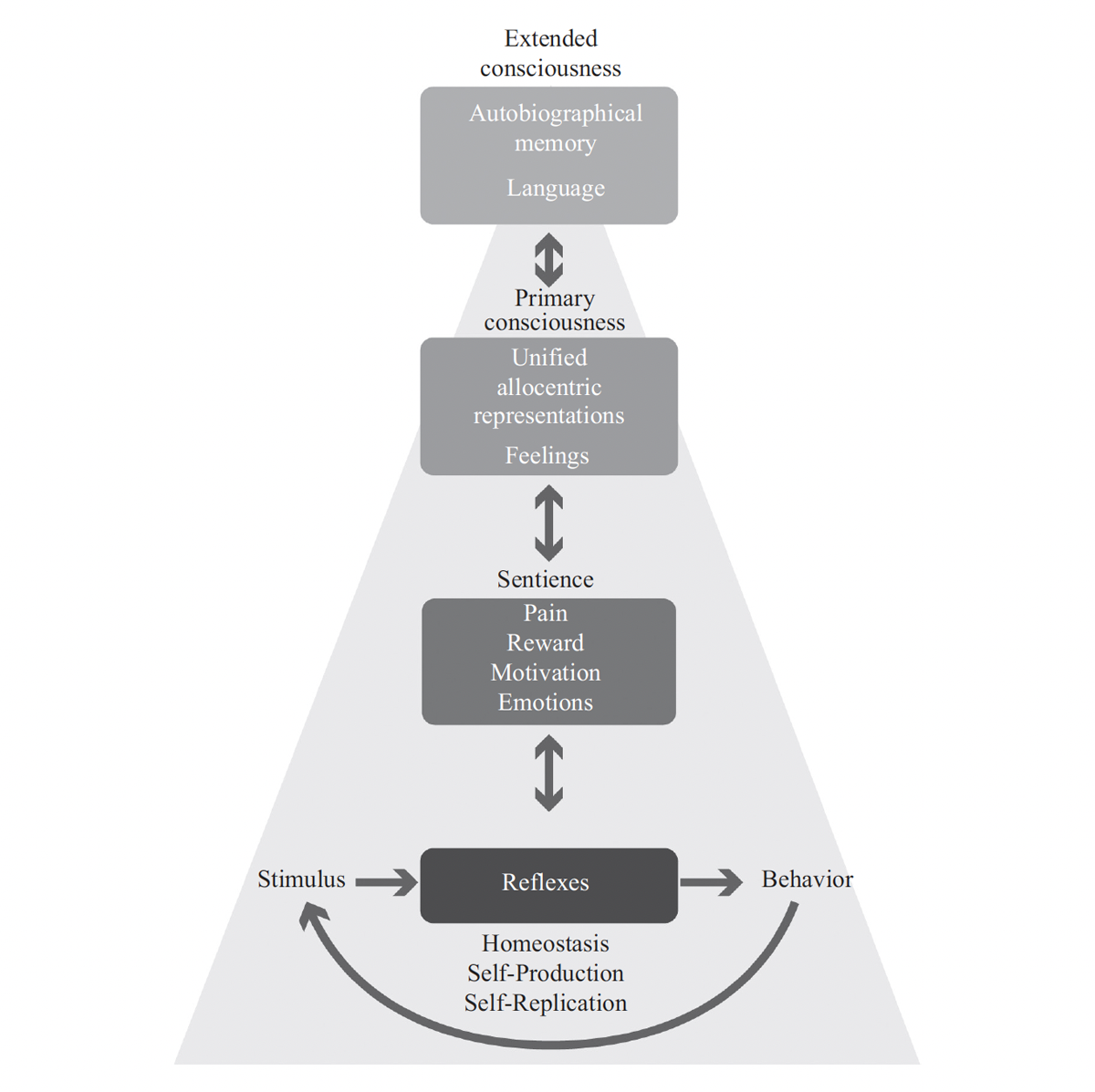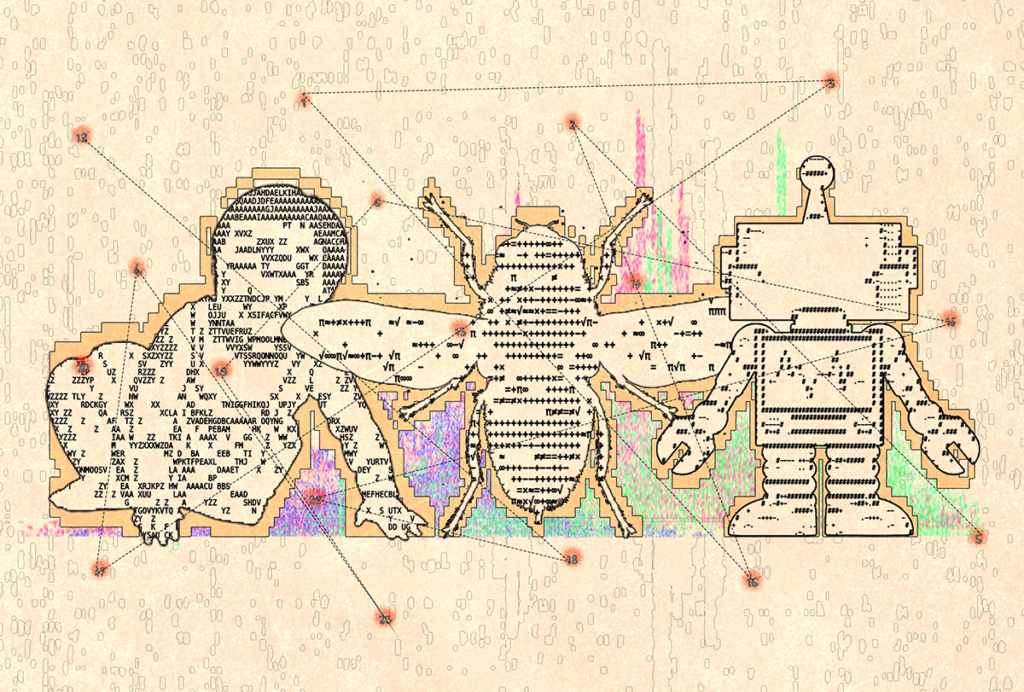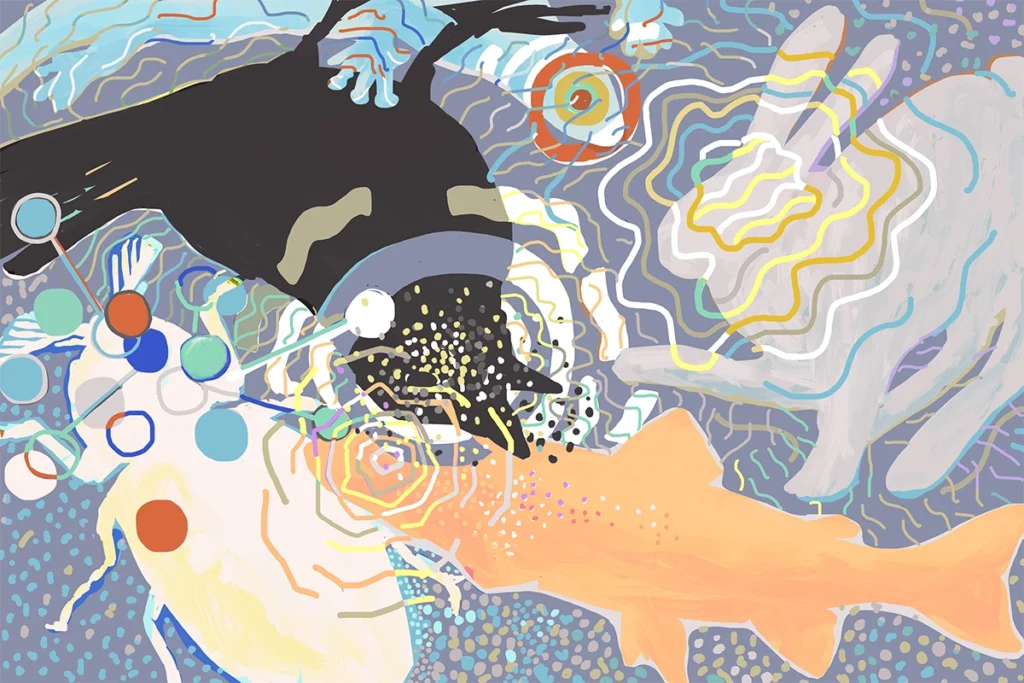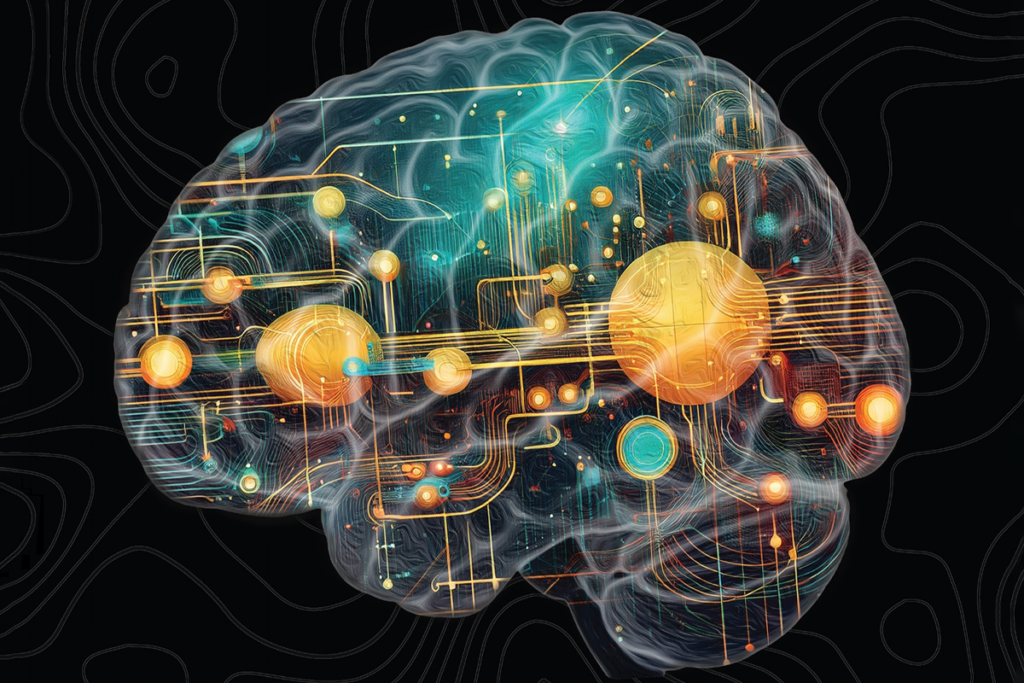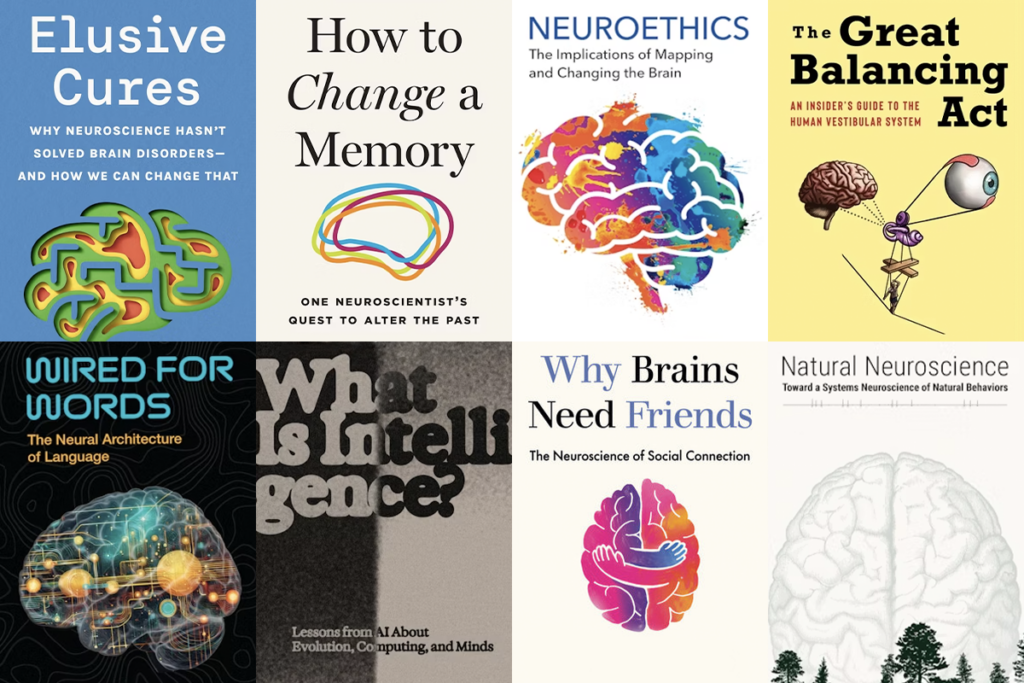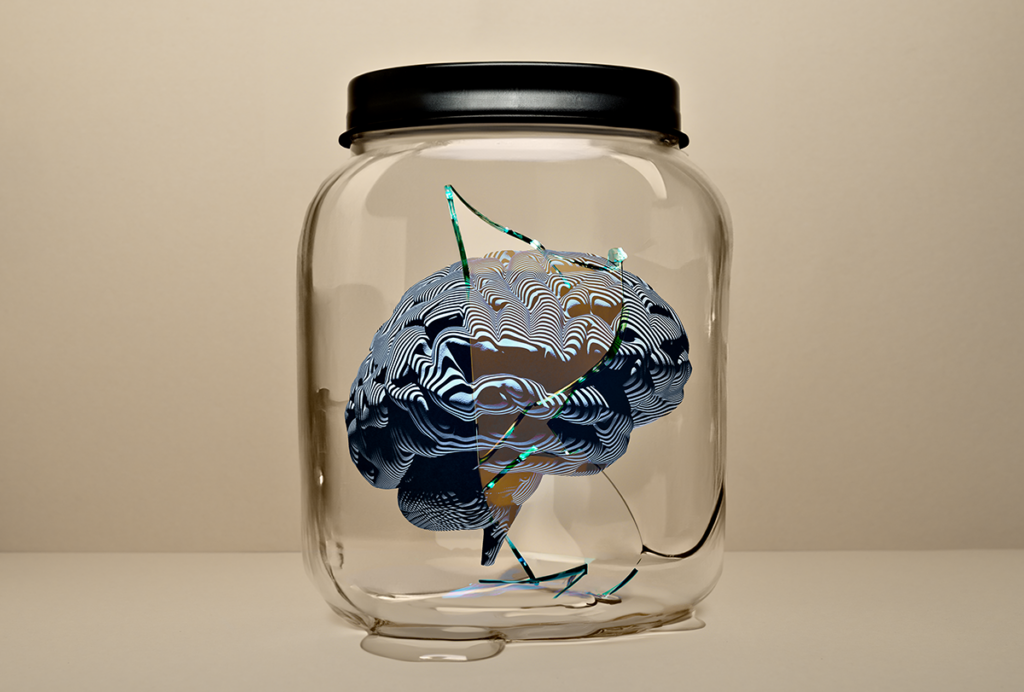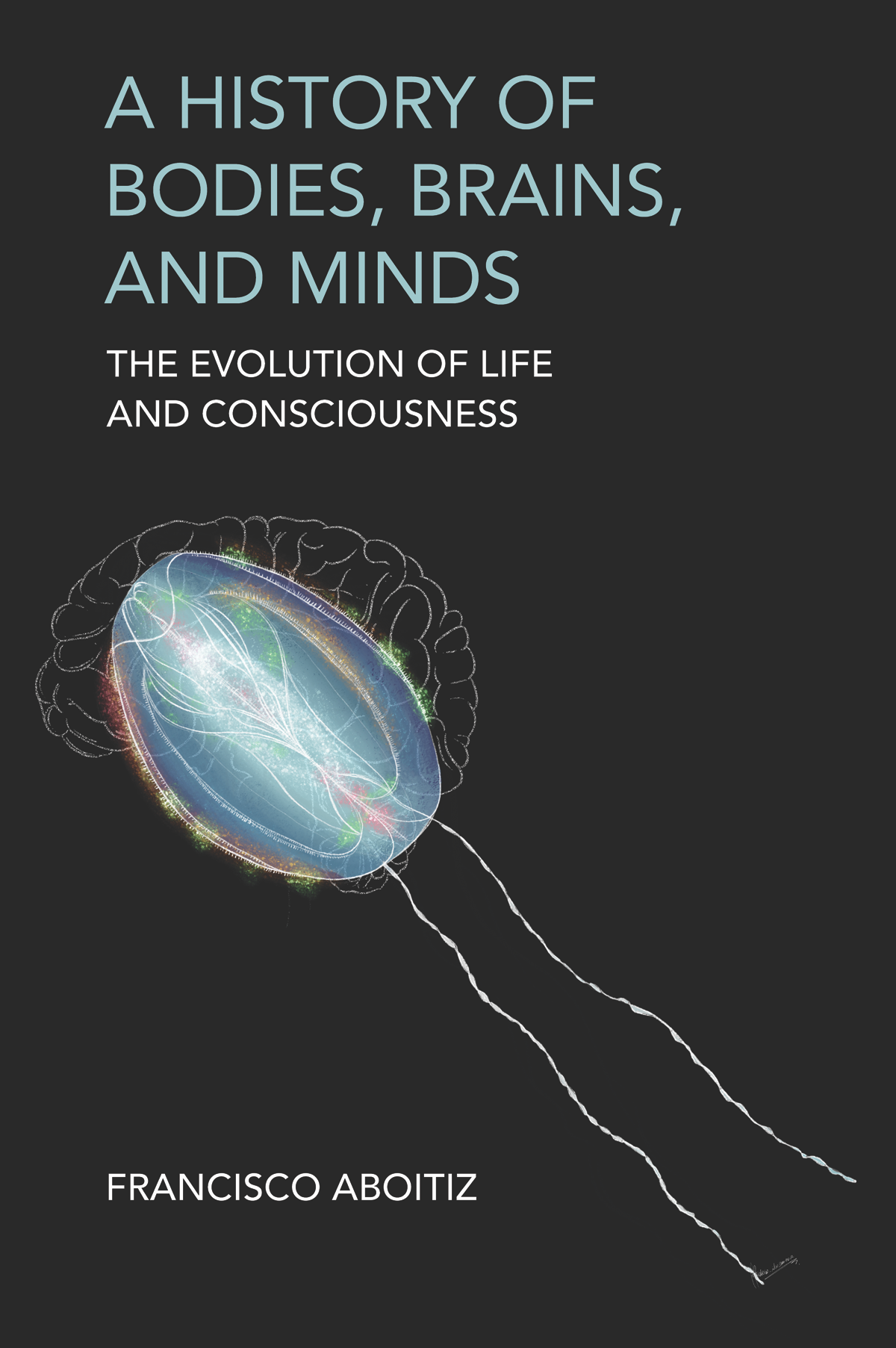
Defining consciousness has been a subject of debate ever since humans have had a sense of their existence. Consciousness is inextricably bound to the workings of our brain, but how neurophysiological processes become the internal, subjective experiences that make up sentient life remains obscure. And the scientific theories of consciousness are still quite far from converging into an agreed perspective.
In my book “A History of Bodies, Brains, and Minds: The Evolution of Life and Consciousness,” I provide a history of biological life focused on key events in brain evolution that set the path toward consciousness and explore some of the major theories that attempt to define how consciousness came to be.
Current theories of consciousness seek to understand its nature from different angles. Some theories center the conversation around basic internal feelings, such as pain or visual perception, and relate to the notion of sentience. Others highlight more elaborate phenomena, such as forming an autobiographical memory or being able to coordinate future complex actions.
In Chapter 14, I discuss the neural mechanisms associated with consciousness, and some theories about its emergence and evolution. It is not possible to do justice to all the theories of consciousness, so I focus on two prevalent ones that have been the most discussed in recent years—the integrated information theory (IIT) by Giulio Tononi and the global workspace theory (GWS) by Bernard Baars and Stan Franklin. The IIT refers to an encapsulated network in the brain with such high interconnectivity that it works as an indivisible whole. The GSW, on the other hand, proposes a globalized space where different cognitive processes converge to generate a multidimensional map from which decisions and courses of action are produced.
Both theories address distinct aspects of consciousness and make some predictions about the anatomical processes that might govern conscious states. But, in my view, neither of these theories alone explains the basic question of how the skein of neuronal activities generates an internal, subjective experience.
Throughout this chapter, I address some critical questions, such as when consciousness emerges in biological evolution and human life, and if it could be found in artificial systems, such as large language models. The following excerpt focuses on the pre- and postnatal aspects of human consciousness, the implications of its existence in animals, and the subjective nature of consciousness in all living beings. I hope to provide new perspectives and fuel further discussion on these intriguing topics.
The Birth of Consciousness:
When did consciousness emerge in evolution? Which species can be considered to be conscious? When do babies acquire consciousness? Although neuroscience has developed without the need to address these questions, an increasing number of neuroscientists and other scientists are now asking themselves how and when consciousness arises in the natural world.
Perhaps a first insight into these problems can be attained by addressing the development of consciousness in human development, in order to envision a sequence of stages leading to the capacity of conscious report. As said, according to the Integrated Information Theory (IIT), consciousness might not require exposure to external stimuli and might be present already in the fetus. Being optimistic, a measure of consciousness like the Φ value of the IIT might yield some clarity as to when the brain network acquires properties that can yield consciousness in human prenatal development (there could even be several thresholds indicating different degrees of integration). Some authors have suggested that human consciousness arises at about 35 weeks of gestation, when the thalamus starts driving cortical activity and the electroencephalogram becomes patterned by continuous waves. Another possibility (which I consider more likely) is that while the human fetus might have a basic internal organization as specified by the IIT, consciousness may develop after birth, when the subject engages in interactions with the surroundings and with others. According to some researchers, the postnatal development of consciousness is a process of continuous learning throughout our lifetime, in which, guided by sensorimotor experience, the brain networks feed their activity patterns into other networks as well as into themselves in an expanding spiral, where again interactions with the environment are crucial. As I said, language may provide a mechanism to amplify these phenomena by enabling us to produce increasingly abstract mental events.
Animal Minds?
Another critical and current problem refers to animal sentience or consciousness. Anyone who has had a dog or a cat as a pet can witness their expressions signaling what one could call at least emotions. Furthermore, experiments described in chapter 9 suggest that animals might be able to make ‘mental maps’ of space. This issue has strong implications in the domain of bioethics, where increasing regulations are being imposed about the welfare conditions, not only of animals commonly used as food and in research laboratories but also among pets that by the way have given rise to a profitable industry around them. In its strongest expression, some activists claim for animal (and even nature’s) rights, which poses great problems about the limits of these rights in conditions that they cannot be obliged to any responsibilities, and of determining which animals will qualify for which kinds of rights. It may become illegal to boil living lobsters, but will it come a point where we cannot eat them, together with mollusks, fish, chicken, cattle and even insects? Where do we draw the line?
Again, the key issue is how to detect sentience or consciousness in other animals. The IIT has provided a criterion for basic consciousness (perhaps a form of sentience), but this is experimentally very difficult at this point. Another approach could be to assess behavior, but then the interpretations of the results are usually being contested. The experiments of self-recognition in a mirror were initially used to verify self-consciousness, but it was found that some fishes can pass the mirror test, suggesting that this ability is based on simple brain mechanisms (see chapter 8). Many studies have addressed metacognition in nonhuman animals, like assessing one’s chances to solve a task or having a sense of body size, but again there may be simpler explanations for these findings. A more subtle experiment took advantage of a well-described “double dissociation visual awareness” task in which people perform in totally opposite ways whether they have consciously processed a stimulus or when they have unconsciously processed it (this is different from not perceiving the event, as there is a stimulus-related response). When applying a version of this task to macaques, these animals developed double-dissociation responses much akin to those in humans, which suggests that there is a difference between conscious and unconscious processing in this species. Yet, the difference between unconscious and conscious perception could rely on different neuronal activities, with consciousness being only an epiphenomenon.
Rather than finding an absolute indicator of nonhuman consciousness, perhaps a more fruitful approach to a comparative study of the mind is to recognize different indicators of consciousness and determine how these parameters are distributed among animals. This implies that consciousness and subjective experiences may not be equivalent for different species, as, for example, in an echolocating animal versus a highly visual animal like us. Nonetheless, some general mechanisms may be associated with increasing degrees of consciousness. Using a sort of scala conscientia, as indicated in figure 14.1, may work as a good reference guide for these processes.
